Cienfuegos (Latin American Spanish: [sjeɱˈfweɣos]), capital of Cienfuegos Province, is a city on the southern coast of Cuba. It is located about 250 km (160 mi) from Havana and has a population of 178,368 in 2022. Since the late 1960s, Cienfuegos has become one of Cuba's main industrial centers, especially in the energy and sugar sectors. The city is dubbed La Perla del Sur (Pearl of the South). Despite being known as an industrial city of factories and various nuclear/electrical plants, and the name Cienfuegos literally translating to "one hundred fires" (cien, "one hundred"; fuegos, "fires"), the city actually takes its name from the surname of Asturian-born José Cienfuegos Jovellanos, Captain General of Cuba (1816–19).
Between the end of the 19th century and the beginning of the 20th century, the city was settled by many Spaniards, mainly Catalans and Asturians who amassed fortunes as bu...Read more
Cienfuegos (Latin American Spanish: [sjeɱˈfweɣos]), capital of Cienfuegos Province, is a city on the southern coast of Cuba. It is located about 250 km (160 mi) from Havana and has a population of 178,368 in 2022. Since the late 1960s, Cienfuegos has become one of Cuba's main industrial centers, especially in the energy and sugar sectors. The city is dubbed La Perla del Sur (Pearl of the South). Despite being known as an industrial city of factories and various nuclear/electrical plants, and the name Cienfuegos literally translating to "one hundred fires" (cien, "one hundred"; fuegos, "fires"), the city actually takes its name from the surname of Asturian-born José Cienfuegos Jovellanos, Captain General of Cuba (1816–19).
Between the end of the 19th century and the beginning of the 20th century, the city was settled by many Spaniards, mainly Catalans and Asturians who amassed fortunes as businessmen in different branches, other few of them obtained in the sugar industry, they became rich during their stay in Cuba, and they commissioned many of the most emblematic buildings of Cienfuegos that remain today (See also: Indiano). Other well known residents were the Irish-born John O’Bourke, he had ten children on the island, three of whom were Cuban independence fighters from the Spanish crown, the mestizos Juan O'Bourke y Palacio, Rafael O’Bourke y Borroto, and Don Miguel O’Bourke y Ramos. There were also artistic personalities born in Cuba who have contributed in the cultural history of the city.
In 2005, UNESCO inscribed the Urban Historic Centre of Cienfuegos on the World Heritage List, citing Cienfuegos as the best extant example of early 19th century Spanish Enlightenment implementation in urban planning. The downtown area contains six buildings from 1819–50, 327 buildings from 1851 to 1900, and 1188 buildings from the 20th century.
 "Castle at the Entrance to Cienfuegos" (Colonial-era Castillo de Jagua), painting of 1855, by Granville Perkins. Boston Public Library.[1]
"Castle at the Entrance to Cienfuegos" (Colonial-era Castillo de Jagua), painting of 1855, by Granville Perkins. Boston Public Library.[1] Cienfuegos City Hall
Cienfuegos City Hall Cienfuegos (Cuba) view from Punta Revienta-Cordeles, in 1856 by French-born Édouard Laplante and Leonardo Barañano. Firestone Library, Princeton University.[2][3][4]
Cienfuegos (Cuba) view from Punta Revienta-Cordeles, in 1856 by French-born Édouard Laplante and Leonardo Barañano. Firestone Library, Princeton University.[2][3][4]The area where the city lies was identified as Cacicazgo de Jagua by early Spanish conquistadors. It was originally settled by Ciboney (Taino) indigenous people. Cacicazgo translates from the Taino language as "chiefdom". Cacicazgo de Jagua was therefore the chiefdom of Chief Jagua.
The city was later settled by French immigrants from Bordeaux and Louisiana led by Don Louis de Clouet on April 22, 1819.[5] The settlers named the city Fernandina de Jagua in honor of King Ferdinand VII of Spain and local Ciboneyan-Chief Jagua.[6] The settlement successively became a town (villa) in 1829, renamed for Asturian-born José Cienfuegos Jovellanos, Captain General of Cuba (1816–19), and a city in 1880. Many of the streets in old town reflect French origins in their names: Bouyón, D'Clouet, Hourruitiner, Gacel, and Griffo, for instance.
Cienfuegos port, despite being one of the latest settlements established during the colonial era, soon grew to be a powerful town due to the fertile fields surrounding it and its position on the trade route between Jamaica and South American cities to the southeast and the hinterland provincial capital of Santa Clara to the northeast. Its advantageous trading location on the historically eponymous Bay of Jagua was used by the Cuban sugar oligarchy when a railroad was built between both cities between 1853 and 1860.[7][8]
Near Cienfuegos was the scene of a battle during the Spanish–American War on May 11, 1898, between American Marines attempting to sever underwater Spanish communication lines and the Spanish defenders.
Between the end of the 19th century and the beginning of the 20th century, the city was settled by many Spaniards, mainly Catalans and Asturians who amassed fortunes as businessmen in different branches, other few of them obtained in the sugar industry, they became rich during their stay in Cuba, and they commissioned many of the most emblematic buildings of Cienfuegos that remain today[9] (See also: Indiano). Other well known residents were the Irish-born John O’Bourke, he had ten children on the island, three of whom were Cuban independence fighters from the Spanish crown, the mestizos Juan O'Bourke y Palacio, Rafael O’Bourke y Borroto, and Don Miguel O’Bourke y Ramos.[9] There were also artistic personalities born in Cuba who have contributed in the cultural history of the city.
The architects of Cienfuegos buildings from different centuries were Cuban-born, Italians and Spaniards architects.
During the Cuban Revolution, the city saw an uprising against Fulgencio Batista and was bombed in retaliation on September 5, 1957.[10] The city later became a key industrial center, part of the revolutionary government's "anti-urban" planning policy, with industrial projects including the never-completed Juraguá nuclear power plant, the "Camilo Cienfuegos" oil refinery named for Camilo Cienfuegos, and the "Carlos Marx" cement factory.[11]
In 1969 and 1970, a flotilla of Soviet naval vessels visited the city, which included two barges used to store and transport nuclear waste and a submarine maintenance vessel. Their presence was detected by U-2 reconnaissance aircraft of the United States Air Force that were sent out to monitor the Cuban coastline after a suspicious Soviet request to renegotiate the terms of the Kennedy–Khrushchev agreements of 1962 that were made in the aftermath of the Cuban Missile Crisis, with many American intelligence analysts concluding that the Soviet Navy was planning to construct a submarine base in Cienfuegos. This was interpreted by some to be in violation of the 1962 agreements between Kennedy and Khrushchev. However, because of a détente between the Soviet Union and the United States since 1962, no major military or diplomatic confrontation ensued, and the Soviets agreed to withdraw their ships after American National Security Advisor Henry Kissinger informed Soviet ambassador to the United States Anatoly Dobrynin that the United States government believed the presence of these naval vessels to be a violation of the agreements made eight years before.[12]
In 2005, Hurricane Dennis made its second landfall near Cienfuegos at about 1:00PM AST (17:00 UTC) with winds of 232 km/h (144 mph) and gusts reaching 285 km/h (177 mph).
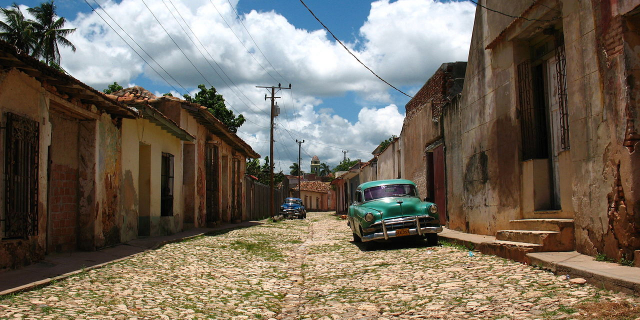







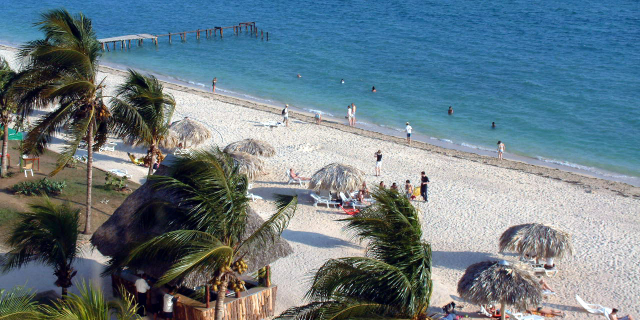



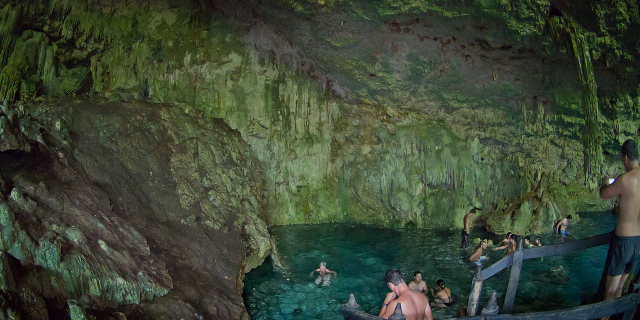




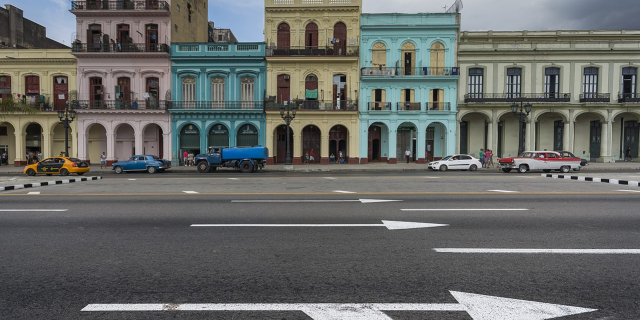


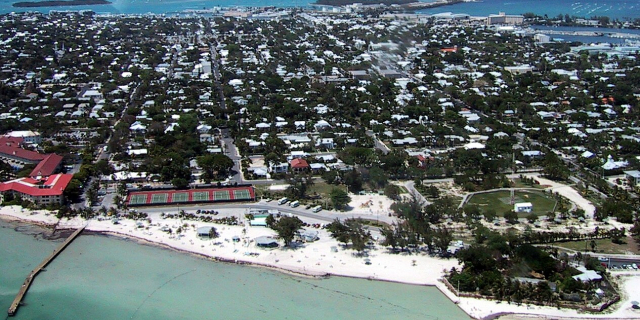



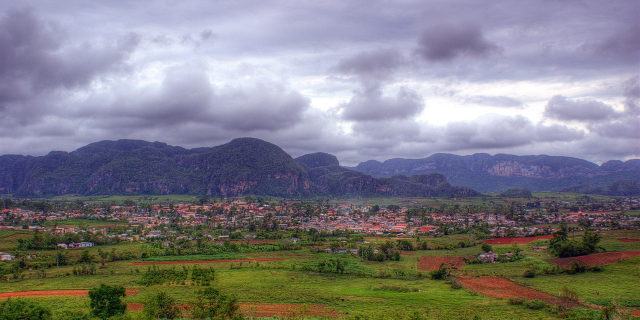





Add new comment